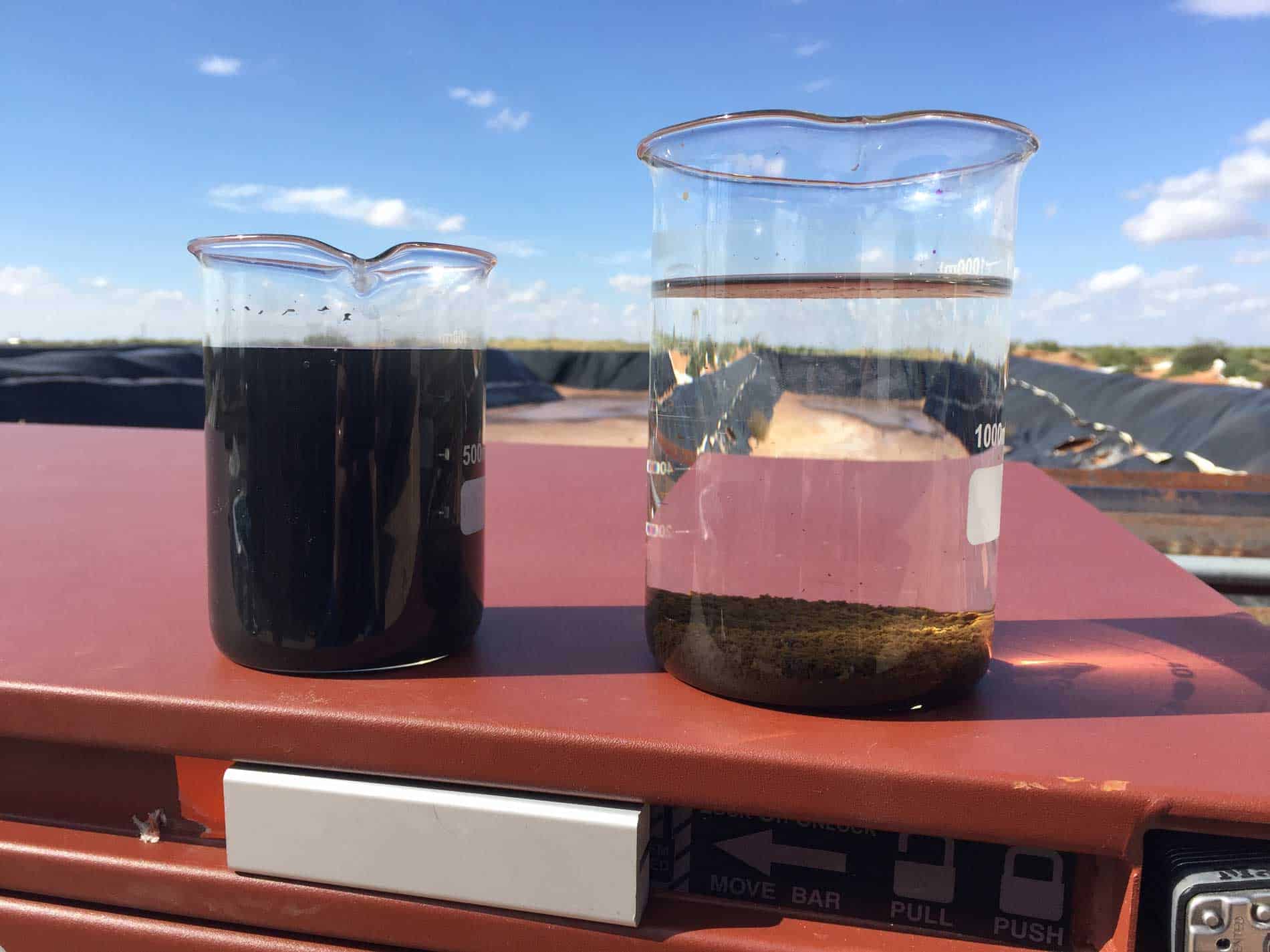IP 445 BTEX Compounds in Produced Water GC Test
The IP 445 test method, as defined by the International Performance Standard (IPS), is a critical tool for analyzing BTEX compounds—benzene, toluene, ethylbenzene, and xylenes—in produced water. This service is particularly relevant in sectors such as oil & gas exploration and production, where understanding the composition of produced water is essential for both operational efficiency and environmental stewardship.
Produced water, a byproduct of oil recovery processes, can contain various organic compounds, including BTEX, which pose potential risks to human health and the environment if not properly managed. The IP 445 GC (Gas Chromatography) test is designed to identify and quantify these compounds accurately, enabling operators to make informed decisions regarding water treatment, re-use, or disposal.
Our laboratory employs a state-of-the-art gas chromatograph equipped with a flame ionization detector (FID), which ensures high sensitivity and precision in detecting even trace amounts of BTEX compounds. This method adheres strictly to the guidelines set forth by the International Performance Standard, ensuring consistent and reliable results across multiple samples.
The testing process involves several key steps: first, produced water samples are collected from various sources within the production facility or wellsite. These samples are then prepared according to standard protocols, which may include filtration, dilution, or concentration depending on initial analyte concentrations. After preparation, the samples are injected into the gas chromatograph for analysis.
The gas chromatography process separates the BTEX compounds based on their volatility and polarity, allowing for precise identification and quantification. The resulting data is analyzed using advanced software that compares the retention times of each compound to known standards. This approach ensures accurate detection and measurement of all target analytes.
Once testing is complete, comprehensive reports are generated detailing the results, including concentrations of individual BTEX compounds, total BTEX content, and any potential exceedances of regulatory limits or internal guidelines. These reports provide valuable insights for stakeholders involved in production operations, environmental management, and compliance assurance.
The IP 445 GC test is not only useful for operational efficiency but also plays a crucial role in maintaining compliance with local, national, and international regulations governing produced water discharge. By providing accurate data on BTEX content, this service helps operators avoid costly fines and reputational damage associated with non-compliance.
Additionally, the results from IP 445 GC testing can inform strategies for optimizing water treatment processes, enhancing resource recovery, and minimizing environmental impact. The insights gained through this analysis contribute significantly to sustainable practices within the oil & gas industry.
In summary, the IP 445 BTEX Compounds in Produced Water GC Test is a vital tool for ensuring compliance with regulatory standards while supporting operational efficiency and environmental responsibility in the oil & gas sector.
Scope and Methodology
The scope of our IP 445 BTEX Compounds in Produced Water GC Test service encompasses a comprehensive set of activities aimed at providing accurate and reliable analysis of BTEX compounds present in produced water samples. This service employs rigorous methodologies compliant with international standards to ensure high-quality results.
- Sample Collection: Samples are collected from various points within the production facility or directly from wellsites, ensuring a representative sample for analysis.
- Preparation: The collected samples undergo necessary preparatory steps such as filtration, dilution, or concentration to optimize detection levels of BTEX compounds.
- Analytical Procedure: Prepared samples are analyzed using a gas chromatograph equipped with a flame ionization detector (FID). This equipment allows for precise separation and quantification of BTEX components based on their volatility and polarity.
- Data Analysis: The resulting chromatograms are interpreted by comparing retention times against known standards, leading to accurate identification and measurement of all target analytes.
- Reporting: Comprehensive reports detailing the results, including concentrations of individual BTEX compounds, total BTEX content, and compliance with regulatory limits or internal guidelines, are prepared for delivery.
This structured approach ensures that clients receive accurate, actionable data supporting informed decision-making processes related to produced water management.
Industry Applications
- Oil & Gas Exploration and Production: This service is vital for identifying and quantifying BTEX compounds in produced water, aiding operators in making informed decisions about water treatment strategies.
- Environmental Management: By providing detailed information on BTEX content, this test helps minimize environmental impacts associated with produced water discharge.
- Regulatory Compliance: Ensuring compliance with local, national, and international regulations governing the handling of produced water is a key application of this service.
- Resource Recovery Optimization: Insights gained from BTEX analysis can inform processes aimed at enhancing resource recovery within production operations.
The IP 445 GC test serves as an indispensable tool for maintaining operational efficiency and environmental responsibility in the oil & gas sector. Its applications extend beyond simple compliance to include strategic decision-making that supports long-term sustainability goals.
Quality and Reliability Assurance
The quality and reliability of our IP 445 BTEX Compounds in Produced Water GC Test service are ensured through adherence to stringent international standards and rigorous laboratory practices. Our commitment to excellence is reflected in every aspect of the testing process.
- Instrument Calibration: All analytical instruments used in this service undergo regular calibration against certified reference materials, guaranteeing precise measurements.
- Standard Operating Procedures: Our team follows well-defined SOPs to maintain consistency and accuracy across all tests performed.
- Data Validation: Results are cross-validated using secondary analytical methods where appropriate, ensuring robust validation of findings.
- Traceability: All measurements trace back to internationally recognized standards such as ISO 17025, ensuring credibility and reliability.
By maintaining these high-quality practices, we provide clients with confidence in the accuracy and dependability of their results. Our goal is not only to meet but exceed expectations regarding test reliability and precision.





